Even in the busiest urban environments and city centres, wildlife manages to find a way to thrive, in turn allowing us to enhance our connection with nature. Whether you're taking a short stroll to your local park, bird-spotting in your garden or trying to improve your wildlife photography skills, our guide is here to help.
Here are some wildlife species to look out for, including urban foxes, birds of prey, garden insects and parkland ducks.
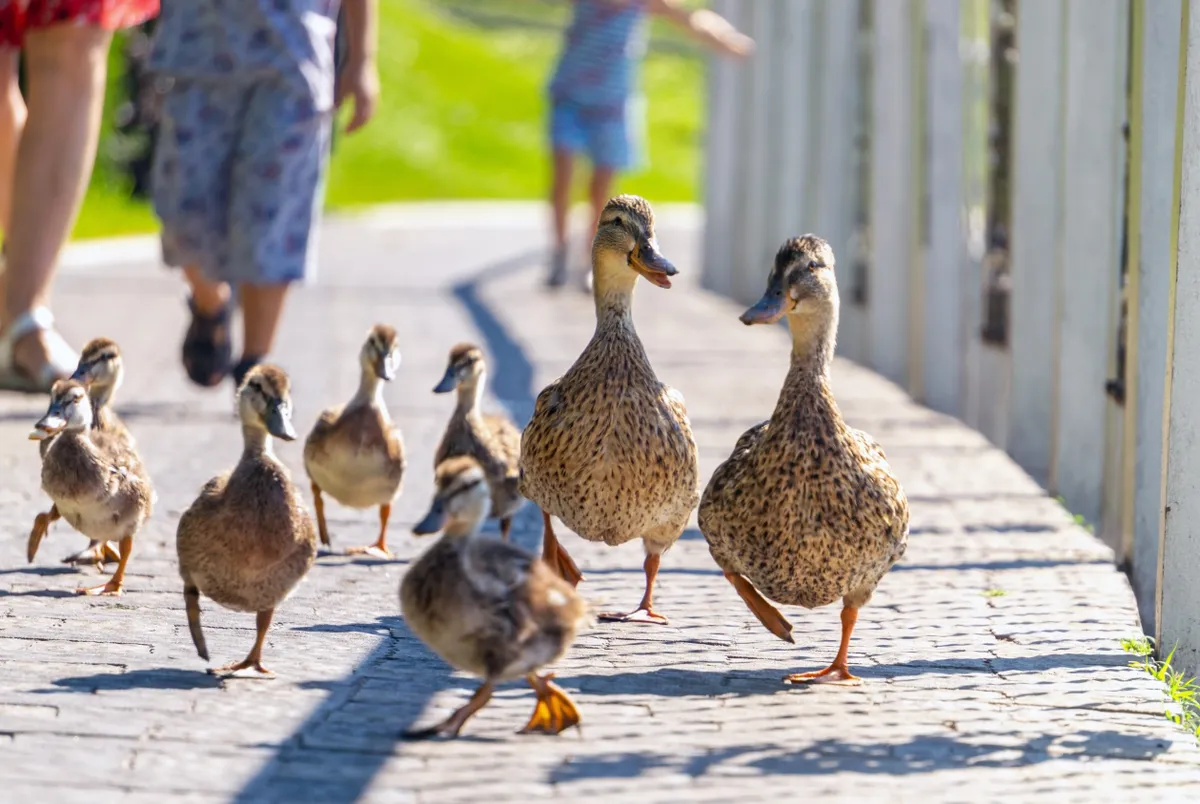
Where are the best places to see urban wildlife?
Even if you live in the centre of an urban area there are plenty of opportunities to discover wildlife – often just a stone’s throw from your front door.
There is no single best UK city for wildlife spotting, you'll find nature no matter where you live. See red deer and parakeets in London, starlings in Belfast, herons and cormorants in Glasgow, peregrines and foxes in Bristol, and newts and owls in Leeds.
How to photograph urban wildlife
Many of the skills used in landscape and wildlife photography can be used in the city, too. But instead of travelling long distances to get the perfect shot, urban wildlife provides a subject matter much closer to home - literally. Furthermore, urban animals are often tamer than those found in the countryside, making them easier to capture with a camera.
Park ponds – a popular hangout spot fo wildfowl – are a great place to start. You could also try your local graveyard, or set up a camera overlooking your garden.
Find out more about about how to take the perfect photograph with out expert wildlife photography guide.
Urban wildlife in the UK
Peregrine falcon
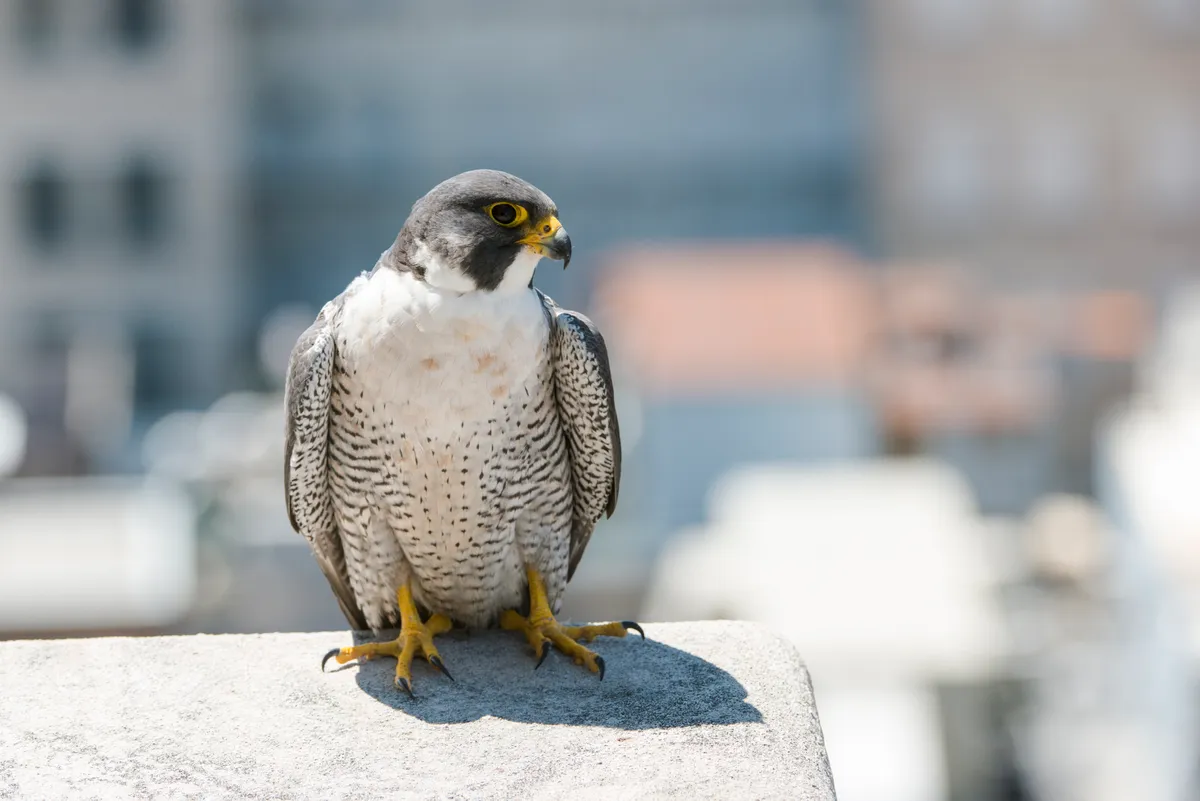
Slate-grey with a white, barred underside, the peregrine is our largest falcon and can reach speeds of up to 200km per hour during a ‘stoop’, as it hunts for pigeons, gulls and doves in mid-air.
This powerful bird of prey replicates its clifftop nesting sites on tower blocks and cathedrals. It is most active in summer when feeding chicks. London has several peregrine nesting sites, including the Tate Modern and Westminster Cathedral.
Fox
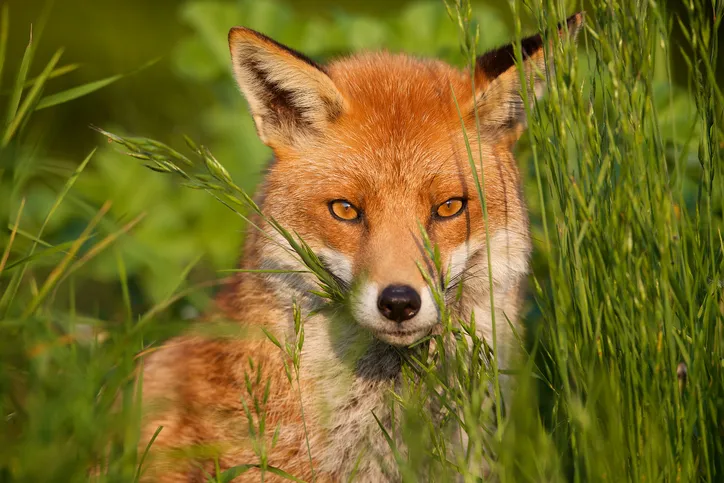
There are around Look for the fox at dusk, scuttling under street lamps and weaving among parked cars in search of tasty titbits. It loves to den under sheds and decking.
Listen out for the scream of a fox in the night – the fox’s loudest cry is so improbable, such a poor fit for its delicate frame, that it is regularly mistaken for a human victim of crime. In fact, the unmistakeable scream is actually the vixen looking for a mate.
Urban foxes are notoriously brazen, unlike their rural cousins. Foxes can squeeze into gaps as small as 12cm, so cat flaps are no problem and there are many cases of foxes sneaking into houses to steal food, shoes or leather bags.
Heron
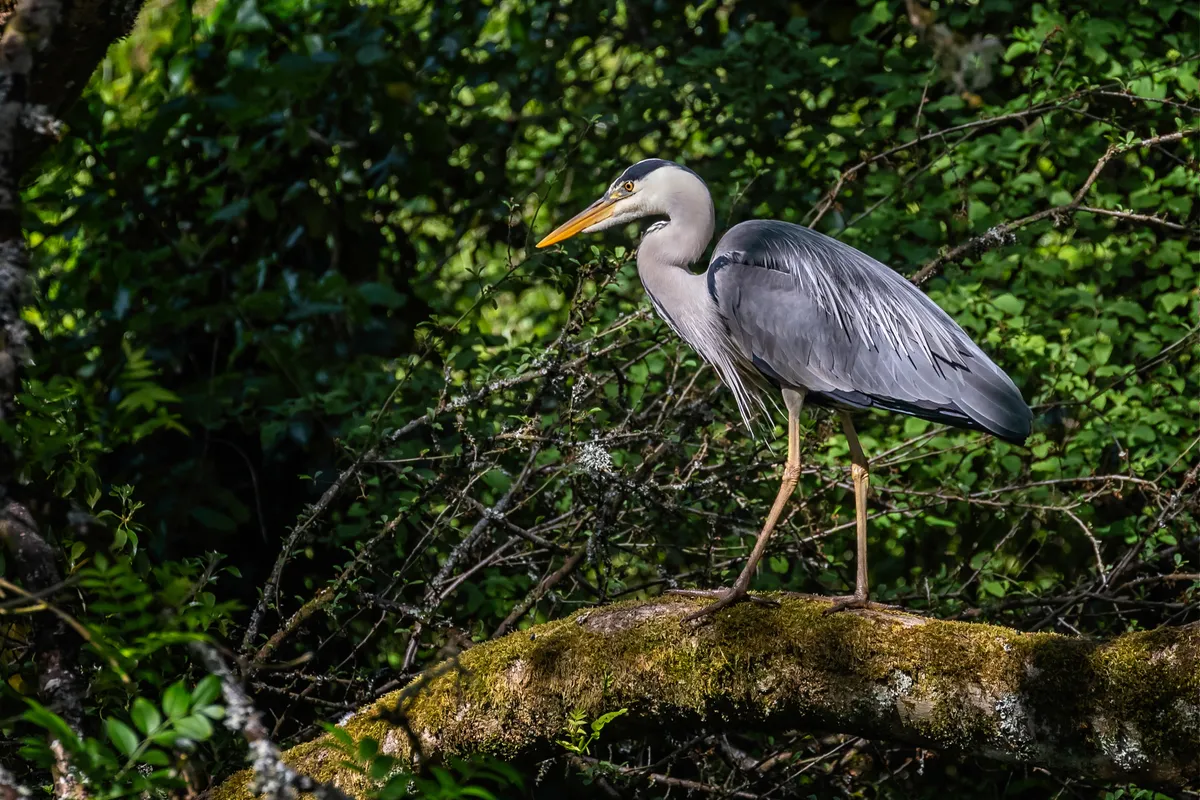
Suburban fishkeepers are all too aware of the depredations of the heron. It forms nesting colonies in the heart of city parks and finds plenty of food in urban waterways.
While wings and body are grey, the head it white with a black eyebrow and ragged black tassles. Nests in noisy colonies in tall trees. Ponderous but impressive in flight when it emits a loud “fraannk” call. Will hunt on land for rodents and frogs.
Rose chafer
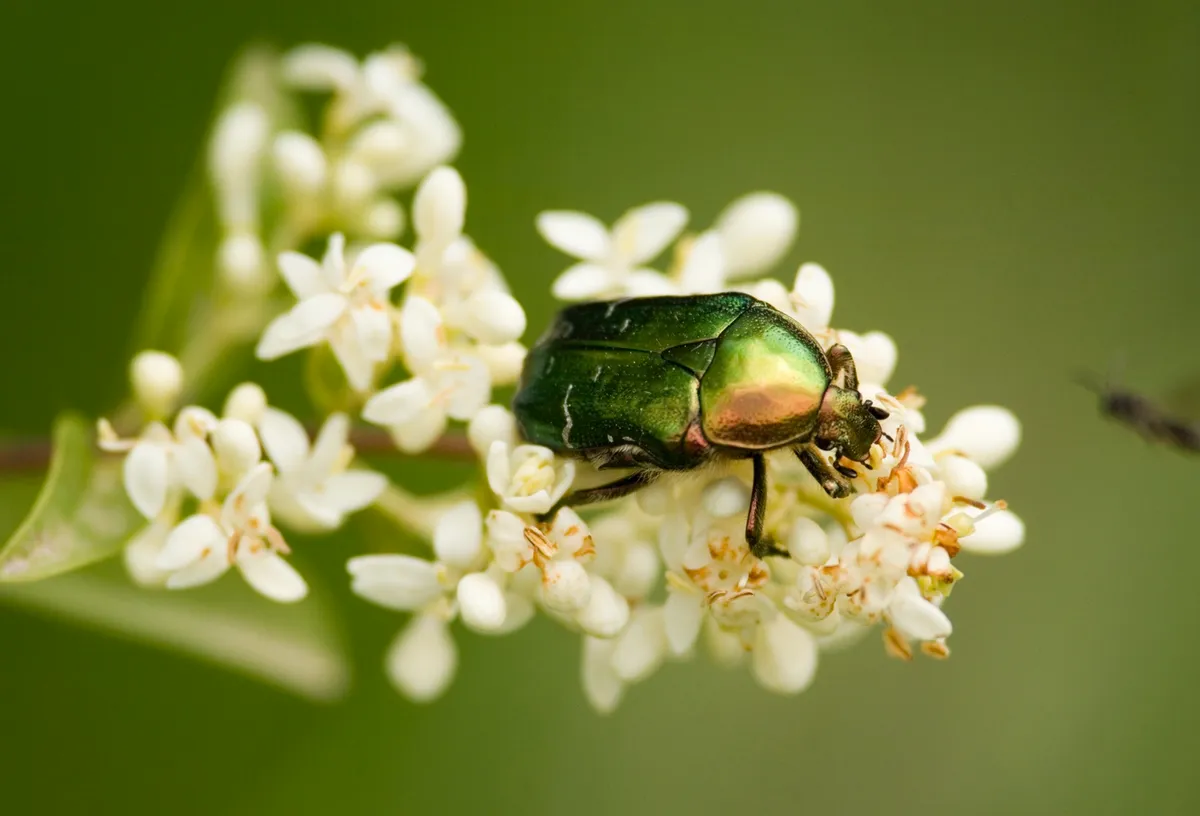
A large and sensationally exotic beetle that, as an adult, feeds on flower nectar from May onwards. Large gardens and parks replicate its woodland-edge home.
Unlike most beetles, it flies with its wing-cases closed and has a special notch at the side to accommodate its membraneous flight wings. It often sits on flowers.
Garden bumblebee

Several bumblebee species make a good living in city gardens, unfussy about which pollen and nectar they consume. The garden bumblebee has a large white tail.
24 of the UK’s bee species are bumblebees. These are also social bees, though colonies are significantly smaller and vary slightly depending on the species. A well established colony could comprise of up to 400 bees. Tongue lengths vary so different species feed on different flowers.
Grey squirrel
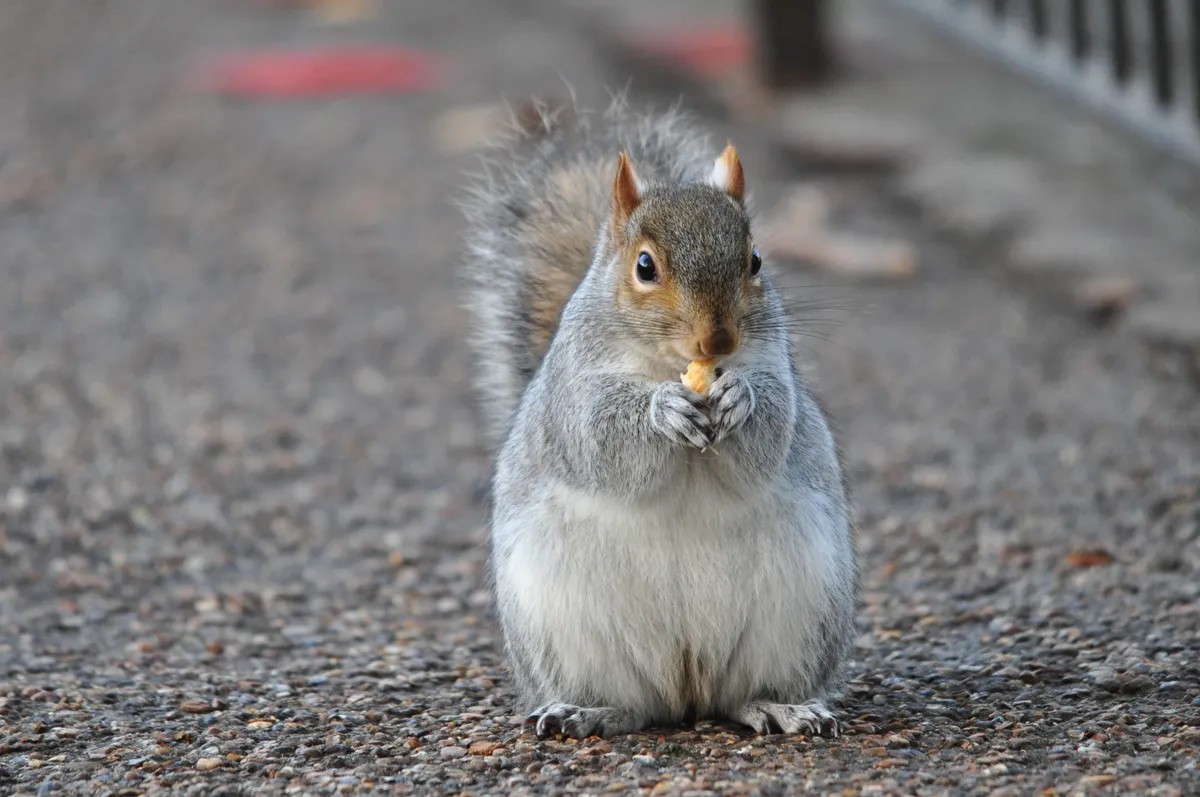
Extremely common and easy to see in large gardens and parks, the grey squirrel is derided and yet, for many city people, it is a gateway to a lifetime of loving nature.
The grey is heavier-looking and not as light on its feet as our native red squirrel. Its fur is greyish, sometimes with reddish patches but never uniformly reddish. Its tail is edged with white.
Slow worm
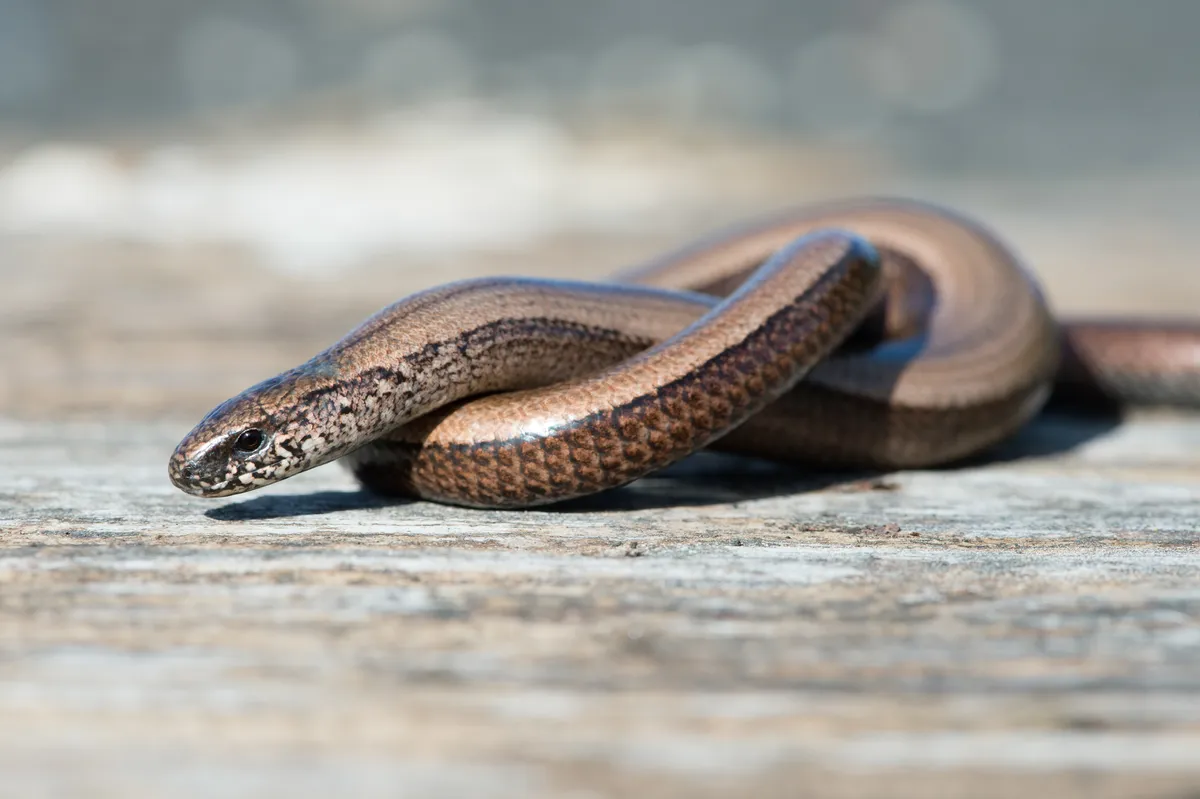
This sinuous, legless lizard has been surprising urban gardeners for decades, hanging out in compost heaps and under discarded corrugated iron.
Tufted duck
Everyone knows the mallard and its cheerful quacking call. But Britain has a colourful array of other ducks to discover in our urban areas, including our most common diving duck, the tufted duck.
This dapper little crested duck (the male is black and white, the female chocolate) is common on park ponds. Watch as it dives for aquatic snails and insects.